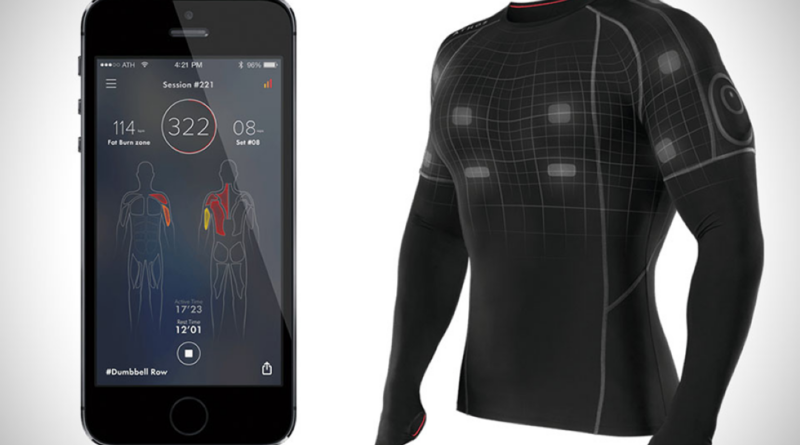The Future of Wearable Technology: Smartwatches, Clothes and More
The future of wearable technology holds exciting possibilities, expanding beyond wearables smartwatches to encompass smart wearables clothing and other innovative forms of personal technology. Here are some key developments and trends that are shaping the future of wearable tech
Smart wearables clothing
Smart wearables clothing integrates technology directly into fabrics, allowing for various functionalities. In other words, sensors embedded in the fabric can monitor vital signs, track movement, and provide feedback on posture. Therefore, this technology can be particularly useful in healthcare, sports, and fitness applications, as well as for monitoring the well-being of individuals in everyday life.
Augmented Reality (AR) Glasses
While smartwatches provide a convenient way to access information, AR glasses take it further by overlaying digital content in the real world. These glasses can enhance our daily experiences by providing real-time information, navigation assistance, and interactive displays. Moreover, they can revolutionize gaming, education, manufacturing, and even remote work.
Biometric Sensors
Wearable devices increasingly incorporate biometric sensors to collect data on our health and well-being. These sensors can measure heart rate, blood pressure, sleep patterns, and stress levels. Additionally, by analyzing this data, wearables can provide personalized insights and recommendations for improving our health and lifestyle choices.
E-textiles
E-textiles, also known as electronic textiles or smart fabrics, involve integrating electronic components into textile materials. This integration enables light emission, touch sensitivity, and energy harvesting. Furthermore, E-textiles offer the potential for wearable technology to be seamlessly integrated into our clothing, making it more comfortable and discreet.
Flexible and Stretchable Electronics
As wearable devices become more integrated with our clothing, flexible and stretchable electronics play a crucial role. These electronics can bend, twist, and conform to the body, allowing for comfortable wear and unrestricted movement. Flexible displays, stretchable batteries, and bendable sensors are a few examples of advancements in this field. Context-Aware Computing:
Wearable devices are becoming more context-aware, meaning they can understand and respond to the user’s environment. By leveraging data from sensors and other sources, wearables can adapt functionality and provide relevant information based on the user’s location, activities, and preferences. This can lead to more intuitive and personalized experiences.
Integration with the Internet of Things (IoT):
Wearable technology is becoming integral to the broader IoT ecosystem. By connecting with other smart devices and systems, wearables can interact with our surroundings and enable seamless communication and control. For example, wearable devices can be a central hub for controlling smart home devices or accessing information from connected appliances.
Enhanced User Interfaces
The future of wearable tech involves developing more intuitive and immersive user interfaces. Technologies like voice recognition, gesture control, haptic feedback, and eye tracking can enhance the user experience and make interactions with wearables more natural and seamless.
Power and Battery Efficiency
One of the ongoing challenges in wearable technology is ensuring sufficient power supply and battery life. However, future advancements will focus on developing more efficient energy storage solutions, such as flexible batteries, energy harvesting from body heat or motion, and wireless charging technologies to extend wearables’ battery life.
Privacy and Security
As wearable technology becomes more pervasive, concerns regarding privacy and security are paramount. Future developments will ensure robust data encryption, secure communication protocols, and user-controlled data sharing to protect sensitive personal information.
Conclusion
In conclusion, the future of wearable tech is moving beyond smartwatches and embracing smart clothing, augmented reality glasses, biometric sensors, e-textiles, flexible electronics, context-aware computing, IoT integration, enhanced user interfaces, power efficiency, and privacy and security. These advancements will bring about new possibilities for personalization, convenience, and improved well-being in our everyday lives.
Popular Recommendation: Entry-level Game Industry Jobs|Career Opportunities

